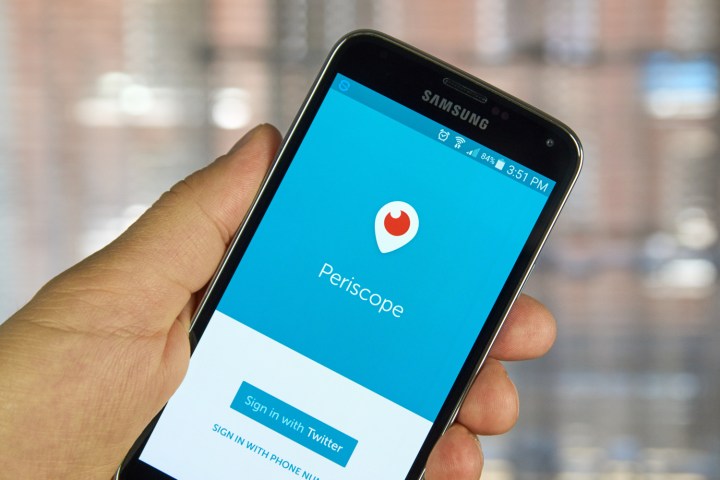
Periscope, the Twitter-owned platform dedicated to live video, announced the new Super Heart feature on Wednesday. The company is calling Super Hearts “virtual gifts” that viewers can send to their favorite broadcasters.
Super Hearts come in a few different styles, but they are larger, more colorful and more animated than the original like options that float up as users like the live feed. Viewers can send as many Super Hearts as they like while the broadcast is live. A new icon offers easy access to the different options.
Unlike the typical social media support, however, Super Hearts help broadcasters earn cash — because those hearts are not free to give. Users need to tap “get coins,” then purchase coins inside either the App Store or Google Play. Coin packages range from $.99 for 1,050 coins to $99 for 132,650. Once the coins are purchased, users can choose which Super Heart to send. Super Hearts range in coin cost, from a more basic heart for 33 coins to a heart with the user’s profile picture inside for 111.
A leaderboard will show which users gave the video the most Super Hearts. For broadcasters, that means it is easier to see who the biggest supporters are.
As the live video continues, Super Hearts build up a “star balance” — and then that star balance can later be exchanged for actual cash. The cash transfer is only available for users that have applied to — and been approved for — the Super Broadcaster Program.
If broadcasters are not feeling so Super, the feature can be switched off before going live. Super Hearts are only available while a broadcast is live.
The feature is launching on both the app, Twitter, and Periscope.tv in the U.S., with international availability expected to roll out soon.
As video grows in popularity, more social networks are expanding features from more live features to original shows and broadcast deals, but the Periscope’s move is a rather odd approach to monetizing live video. Time will tell if fans are willing to pay for likes or if the program falls flat.




